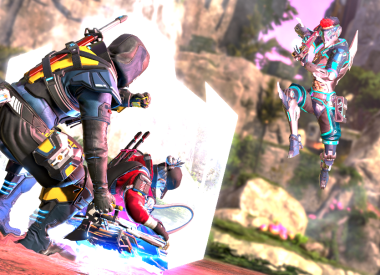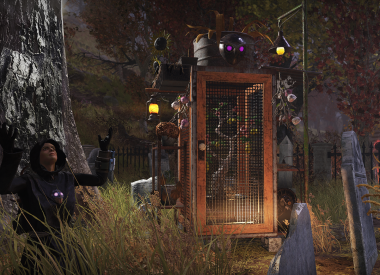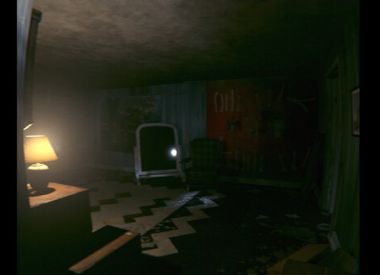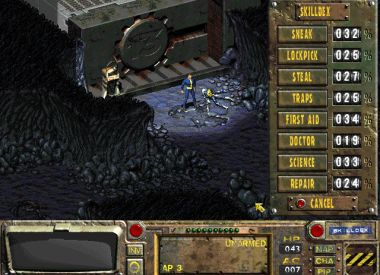We’re still months away from the debut of Phantom Doctrine, the next tactical strategy game from Hard West developers CreativeForge. Set in 1983, it asks players to step into the shoes of a KGB or CIA agent working to stop a global conspiracy during the height of the Cold War. Players will command a rotating cast of special agents, each with their own strengths and weaknesses, and develop a new intelligence apparatus capable of tasks the world’s foremost intel outfits can’t (or won’t) deal with.
It’s a radical departure from CreativeForge’s last project, Hard West, in everything but its structure. Both are tactical strategy games. But Phantom Doctrine builds upon the foundation laid by its predecessor in numerous ways, both in and out of combat. And it’s primed to deliver the biggest expansion of the genre since 2K and Firaxis rebooted XCOM in 2012.
“We wanted to build on something that we know,” Narrative Designer Pawel Kroenke told Player.One. “There is actually quite a bit of intricacy in how you build a grid-based game. When you’ve got a grid, you’ve got tiles that you move and that informs a lot of systems; cameras, animations, movement and so on. That’s a very specific, very specialized type of work.”
Hard West was well-received and presented interesting new ideas, like allowing players to shoot through tents and other soft objects without first destroying the target’s cover. But CreativeForge felt like it’s best insights and ideas didn’t come until “near the end or afterward.” When the dust settled, the studio had a list of ideas that didn’t mesh with Hard West’s setting. And that meant the first priority was identifying a new setting.
“We had this idea for a conspiracy game but when do you set it,” Kroenke said. “We felt that [the period before] the advent of advanced telecommunications equipment is romanticized. People had to do things on their own. If you wanted to send a message, you could telephone someone but the telephone could be tapped. So you needed to go there personally and deliver the message.”
There weren’t any computers in the Old West. But global diplomacy hadn’t reached a point that would facilitate such a massive conspiracy. Cold War espionage isn’t exactly new territory. But the developers say there’s a reason espionage stories work better in the ‘80s: Many objectives we traditionally associate with secret agents don’t require warm bodies anymore.
“If you want to assassinate someone, right now you could send a drone, drop a missile that will raze the whole neighborhood and that’s it,” Kroenke said. “Back in those days, the technology just wasn’t as advanced. We felt that, on the one hand, it would be more interesting gameplay when you can’t explain away many things with ‘We have super cool tech’ or ‘We just hacked into something and magically something happened.’”
By setting Phantom Doctrine in the ‘80s, CreativeForge avoids such easy pitfalls. It also lets the studio rely on traditional obstacles that are arguably better fits (from a gameplay perspective) for a tactical strategy game. There’s no remote hacking into an extensive computer network because they didn’t exist, at least not in a form we’re familiar with, in the early ‘80s. Even the simplest of security measures can find new life.
“We absolutely love the idea of physical barriers and the difficulty of traveling,” Head of Business & Marketing Blazej Krakowiak told P1. “And the necessity of becoming someone else, on the spot, with things like passports and documents. So that seemed like a perfect time. That’s also when a lot of the persistent conspiracies were born.”
CreativeForge also believes the world of espionage felt a bit more “fair” in previous eras. You couldn’t attack perceived enemies from the comfort of a computer desk located hundreds or thousands of miles from the target. Agents had to put their safety on the line to infiltrate a building or organization. And there was a physicality to intel retrieval that no longer exists.
For more on Phantom Doctrine, check out our hands-on impressions from PAX West or come back next week for more from our interview with Pawel Kroenke and Blazej Krakowiak.
Phantom Doctrine is in development for PC and scheduled to debut in 2018.
Be sure to check back with Player.One and follow Scott on Twitter for more Phantom Doctrine news in 2017 and however long CreativeForge supports Phantom Doctrine after launch.



















